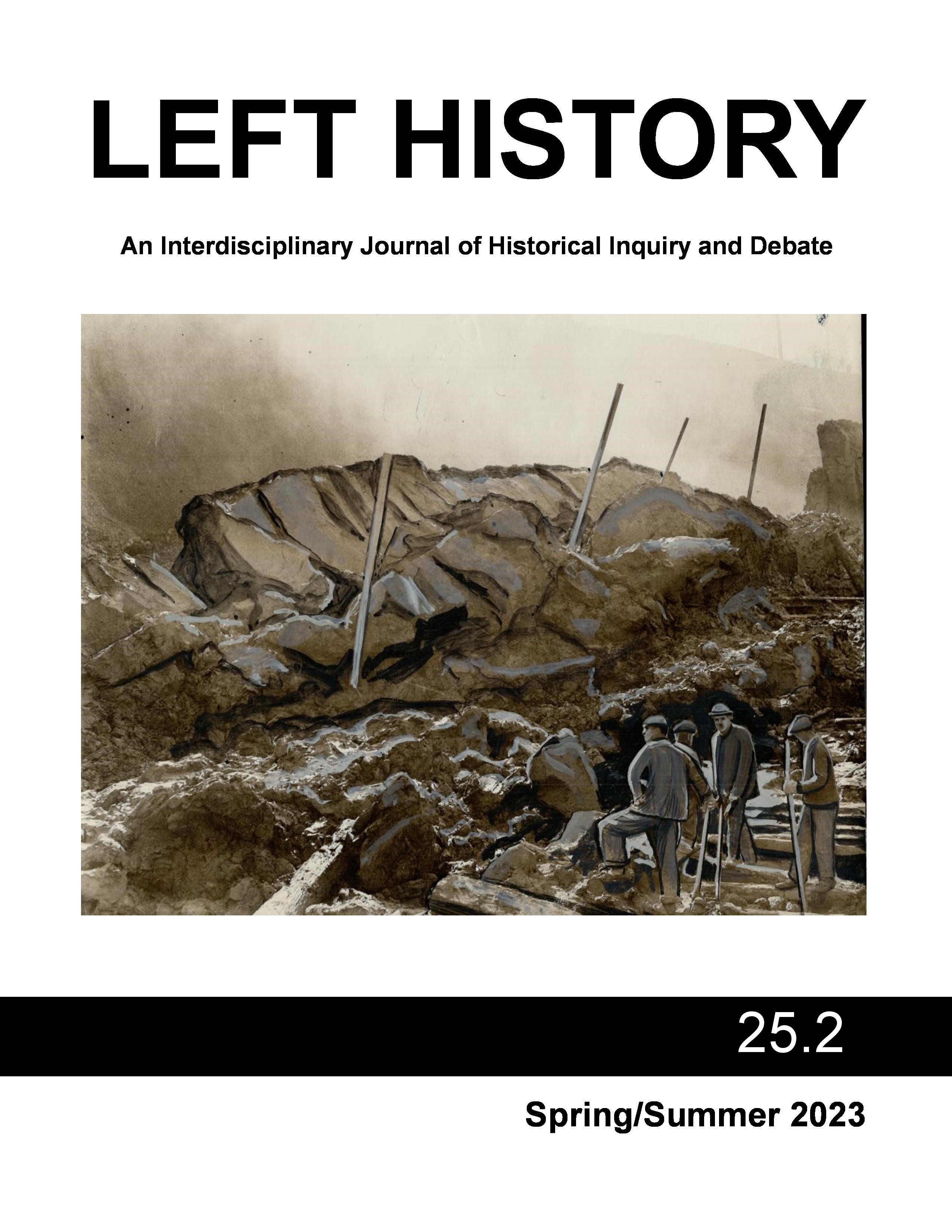Fenians Over the Niagara: Irish Nationalism and Rebellion in Nineteenth Century Buffalo, NY
DOI:
https://doi.org/10.25071/1913-9632.39671Abstract
After the American Civil War, the United States faced yet another political crisis. Rather than being caused by slavery, this crisis was brought about by an international radical political group: the Fenians. Famous in the annals of Irish history, the Fenians were the embodiment of pro-independence radical Irish politics during the mid-to-late nineteenth century. Moreover, the Fenians found popularity among America’s newly arrived Irish inhabitants. In 1866, years of fund raising, meeting, and planning culminated when a group of roughly two-thousand Irish-Americans crossed the Niagara River from Buffalo, NY to Fort Erie, Canada with the goal of seizing the Welland Battery, and Fort Erie itself. This invasion, which was meant to help bring about Irish independence by capturing British-controlled Canada, failed. While some escaped, those captured in Canada were tried for their crimes and sentenced to either imprisonment to execution. American Fenians who escaped into American territory continued their efforts into the 1880s.
These little-known events represent the degree to which Irish political culture crossed the Atlantic and thrived among the American-Irish. This study examines radical Irish political activity in Buffalo, NY in the decades before the Fenian Raids, and analyses their aftermath. While studies of American immigrant political culture are most often concerned with organized labor and political graft, Irish immigrants saw themselves as a part of a larger international “Irish Nation,” and saw little conflict between their dual identities, and used their geographic proximity to a major British territory to their advantage.
References
N/A
Downloads
Published
Issue
Section
License
Copyright (c) 2023 Erin Barr

This work is licensed under a Creative Commons Attribution-NonCommercial-NoDerivatives 4.0 International License.
This work is licensed under a Creative Commons Attribution-NonCommercial-NoDerivatives 4.0 International License. Authors retain copyright of their work. Any uses not covered by the license require permission from the rightsholder. We ask that republication and reuse of content cite the original publication in Left History.
Left History and its trademark are held under the copyright of the journal, which is published in the York University Department of History. Left History is committed to Open Access by publishing articles online under a CC BY-NC-ND 4.0 license.


